RF Training Kit (Board 1 and 2)
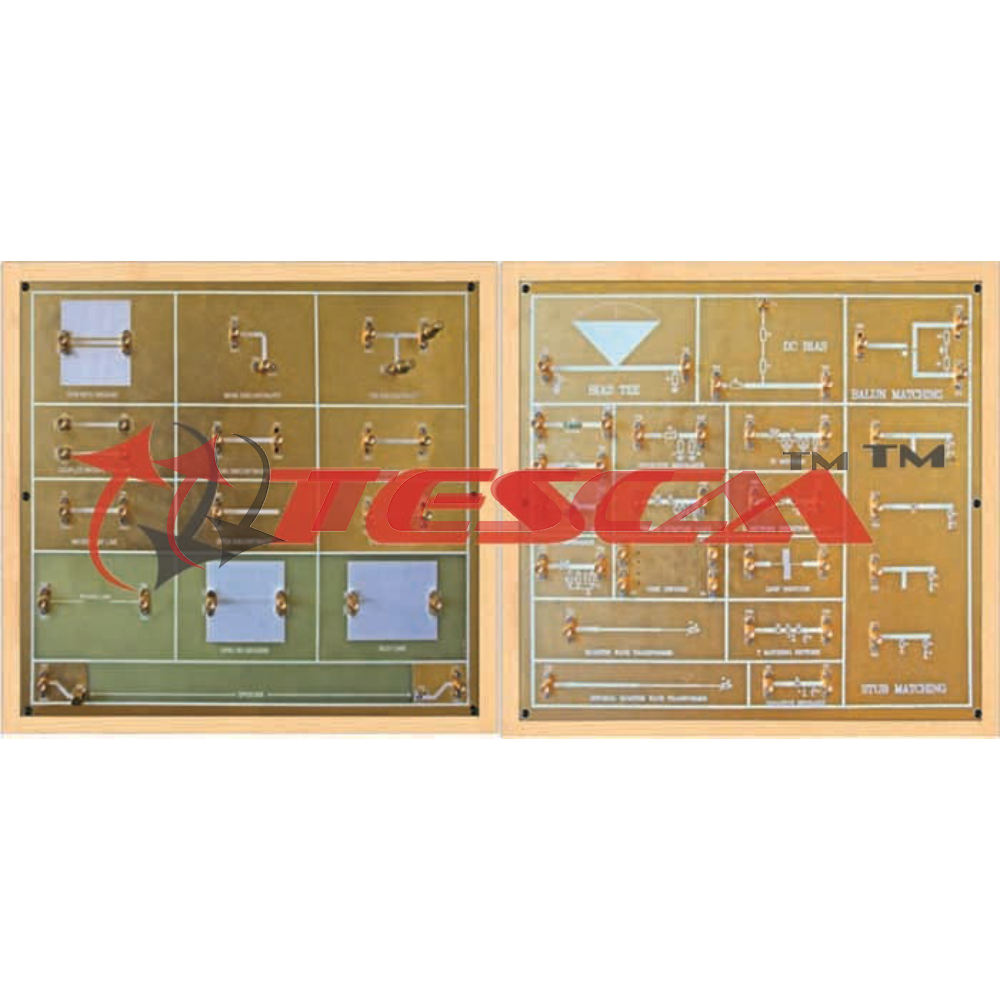
Order Code: 10209G
Category: Antenna, Satellite, GPS, Radar, RF Trainers
RF Circuit Training System consist of 2 individual board to introduce the concept of Transmission Line Circuits, RF Microwave Network Analysis, Impedance Transformation, impedance Matching. The trainer kit boosts the learning curve & visualiza...
SPECIFICATION
RF Circuit Training System consist of 2 individual board to introduce the concept of Transmission Line Circuits, RF Microwave Network Analysis, Impedance Transformation, impedance Matching.
The trainer kit boosts the learning curve & visualization towards critical impedance theory along with application circuit.
This system provides insight on RF Transmission line concepts through Smith chart based exercise.
FEATURES
- Broadband Frequency response
- Gold plated PCB
- Power level 0dBm to -20dB
- Open, Short, Matched load, resistive load, complex load
- RF Matching Circuits
- Bias Circuits
- RF Active and Passive Circuits
- Microwave Network Analysis
Board 1 : Transmission Channel & Microstrip Discontinuities
SPECIFICATIONS
Open air transmission
- Frequency : 0.9GHz to 3GHz
- Power : 0dBm to -20dBm
- Load : Matched Antenna
Co-axial cable transmission
- Frequency : 0.1GHz to 3GHz
- Power : 0dBm to -20dBm
- Load : Open short, resistive load, complex load
Microstrip transmission line
- Frequency : 0.9GHz to 3GHz
- Power : 0dBm to 20dBm
- Load condition : Open short, Resistive load, Complex Load
CPW transmission line
- Frequency : 0.9GHz to 3GHz
- Power : 0dBm to -20dBm
- Load condition : Open short, Resistive load, Complex Load
Slot line
- Frequency : 0.9GHz to 3GHz
- Power : 0dBm to -20dBm
- Load condition : Open short, Resistive load, Complex load
CPW transmission line with ground
- Frequency : 0.9GHz to 3GHz
- Power : 0dBm to -20dBm
- Load condition : Open short, Resistive load, Complex load
- Coupled line micros trip transmission line
- Frequency : 0.9GHz to 3GHz
- Power : 0dBm to -20dBm
- Load condition : Balanced resistive load, Unbalance load
Open discontinuity
- Frequency : 0.9GHz to 3 GHz
- Power : 0dBm to -20dBm
Short discontinuity
- Frequency : 0.9GHz to 1.3GHz
- Power : 0dBm to -20dB
- Load condition : Series & shunt capacitive load
Short discontinuity
- Frequency : 0.9GHz to 1.3GHz
- Power : 0dBm to -20dB
- Load condition : Series & shunt capacitive load
GAP discontinuity
- Frequency : 0.9GHz to 1.3GHz
- Power : 0dBm to -20dB
- Load condition : Series & shunt inductive load
Bend discontinuity
- Frequency : 0.9GHz to 1.3GHz
- Power : 0dBm to -20dB
- Load condition : Complex load
Step discontinuity
- Frequency : 0.9GHz to 1.3GHz
- Power : 0dBm to -20dB
- Load condition : Series & shunt Resistive load
Tee discontinuity
- Frequency : 0.9GHz to 1.3GHz
- Load condition : Matched, Restive load
BOARD-2 : RF CIRCUITS & MATCHING ARCHITECTURE
SPECIFICATIONS
IMPEDANCE MATCHING
SPECIFICATIONS
RF Lump Element
- Frequency : 0.3GHz to 1GHz
- Type : Capacitive, Inductive
- Load condition : Matched
High Frequency Effect on Lump Element
- Frequency : 0.001GHz to 3 GHz
- Power : 0dBm to -20dB
Inductive Resonance Circuit
- Frequency : 0.3GHz to 1GHz
- Power : 0dBm to -20dB
- Load condition : Matched, Resistive
Capacitive Resonance Circuit
- Frequency : 0.3GHz to 1GHz
- Power : 0dBm to -20dB
- Load condition : Matched, Resistive
RLC Resonance Circuit
- Frequency :0.3GHz to 1GHz
- Power :0dBm to -20dB
- Load condition:Matched, Resistive
Tunable Resonance Circuit
- Frequency : 0.3GHz to 1GHz
- Power : 0dBm to -20dB
- Load condition : Variable load
BALUN
- Frequency : 0.3GHz to 3 GHz
- Power : 0dBm to -20dB
- Load condition : Variable load
DC Bias TEE
- Frequency :0.3GHz to 1.3 GHz
- Power : 0dBm
- Isolation : 25dB
Microstrip Bias TEE
- Frequency :0.7GHz to 1.3 GHz
- Power :0dBm to -20dB
- Load condition :Matched load
Single stub matching
- Frequency :0.8GHz to 1.1 GHz
- Load condition :Variable load
Quarter wave transformer
- Frequency:0.8GHz to 1.1 GHz
- Load condition:Variable load
Binomial Quarter transformer
- Frequency :0.8GHz to 1.1 GHz
- Load condition :Variable load
L Matching for resistive load
- Frequency :0.85 GHz to 1.1GHz
- Load condition:Resistive load
L Matching for complex load
- Frequency :0.85 GHz to 1.1 GHz
- Load condition :Complex load
T Matching
- Frequency :0.85 GHz to 1.1 GHz
- Load condition:High load impedance (fixed)
PI Matching
- Frequency :0.85 GHz to 1.1 GHz
- Load condition :low load impedance (fixed)
ACCESSORIES
- Transmission Channel & Microstrip
- Discontinuities Module : 01nos
- RF Circuits & Matching Architecture : 01nos
- SMA (M) to SMA (M) 50 ohm RG316 cable 50cm : 04nos
- SMB (Plug) to Crocodile clips DC supply cable : 01nos
- 50-ohm Termination : 02nos
- Manual : 01nos
DISCONTINUITIES IN MICROWAVE CIRCUITS
Designing high-frequency microwave circuits and, with increasing frequency, millimeter-wave frequencies require for the most part laying out carefully conceived transmission lines to carry those high-frequency signals across a printed circuit board (PCB)
PCB with high-frequency transmission lines must manage any number of circuit discontinuities and junctions as part of that design these are those locations where signals must pass some change in the transmission-line path, such as a transition in the width of a transmission line, a gap between sections of transmission line, even an abrupt change in direction for the transmission line
A discontinuity will introduce a shift in impedance, it is hoped that the PCB substrate will provide the most stable basis for a circuit design's target impedance, usually 50 ..
IMPEDANCE MATCHING
- An impedance vector consists of a real part (resistance, R) and an imaginary part (reactance, X).
- Impedance can be expressed using the rectangular coordinate form: Z = R jX
1. Impedance Matching using Resistor Networks
- Using a resistive network can match simultaneous input and output, but create more loss
2. Impedance Matching using Quarter-Wave (λ/4) Transmission Lines
- A quarter-wave impedance transformer is a component used in RF engineering consisting of a length of transmission line one quarter of a wavelength (λ/4) long and terminated in some known impedance ZL
- The characteristic impedance of the quarter-wave line is the geometric average of Zin and ZL
- A quarter-wave /4 transformer provides a perfect match at only one frequency
- A broadband design may be obtained by a cascade of λ/4 line sections of gradually varying their characteristic impedance
3. Impedance Matching using Stub
- The shorted stub can be constructed which can produce reactance of any value. This can act as impedance matching device which cancels reactive part of complex impedance.
- Stubs can be used to match a load impedance to the transmission line characteristic impedance.
- The stub is positioned a distance from the load. This distance is chosen so that at that point the resistive part of the load impedance is made equal to the resistive part of the characteristic impedance by impedance transformer action of the length of the main line
4. Impedance Matching Using Pi-Network
- The basic π-network's primary application is to match a high impedance source to lower value to load impedance. It can also be used in reverse to match a low impedance to a higher impedance
5. Impedance Matching Using L-Network
- The T-match impedance matching circuit is one of the circuits used to match the impedance between two points, sually a source and a load. The circuit got its name because the inductor and the capacitor form a T-shape
RECOMMENDED EQUIPMENTS
- 10209I Generator and Detector
- Spectrum Analyser with TG
- Vector Network Analyser(VNA)
Experiment list
1. Study of RF Matching Circuit
2. Study of High Frequency Effect
3. Study of RLC Resonance Circuits
4. Measurement of DC Bias Circuits
5. Study of Impedance Matching Network
6. Study Discontinuities in Microwave Circuits
7. Study Microstrip transmission line technologies


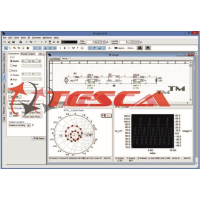
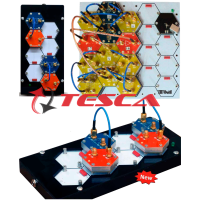

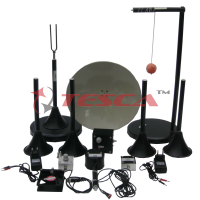
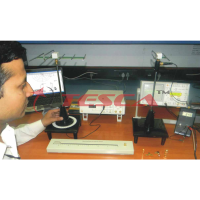
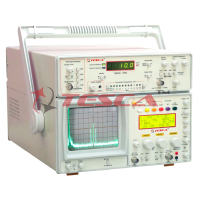
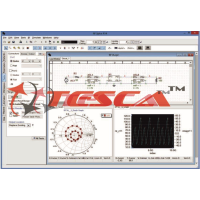
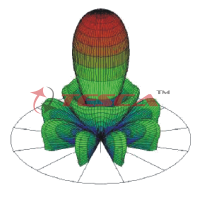

 91-9829132777
91-9829132777